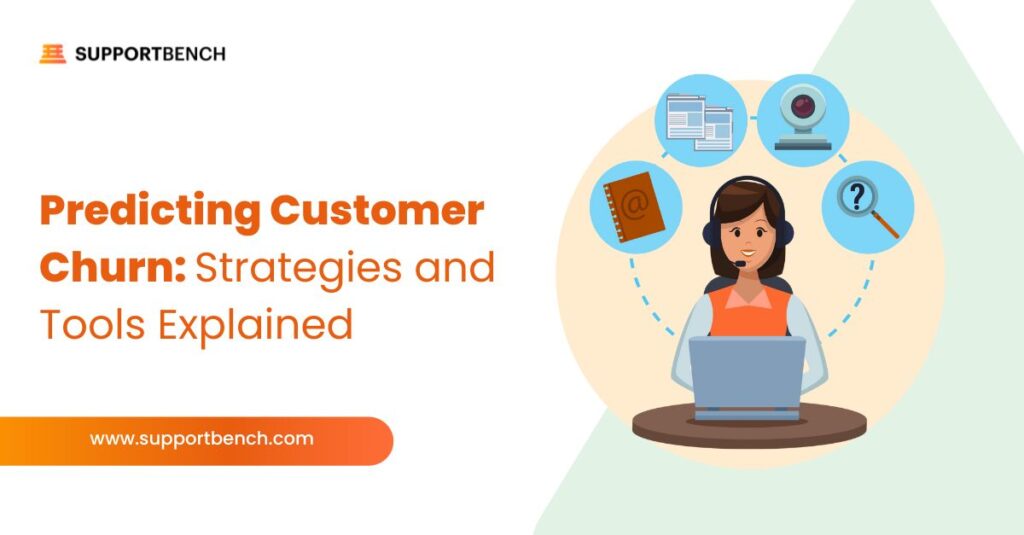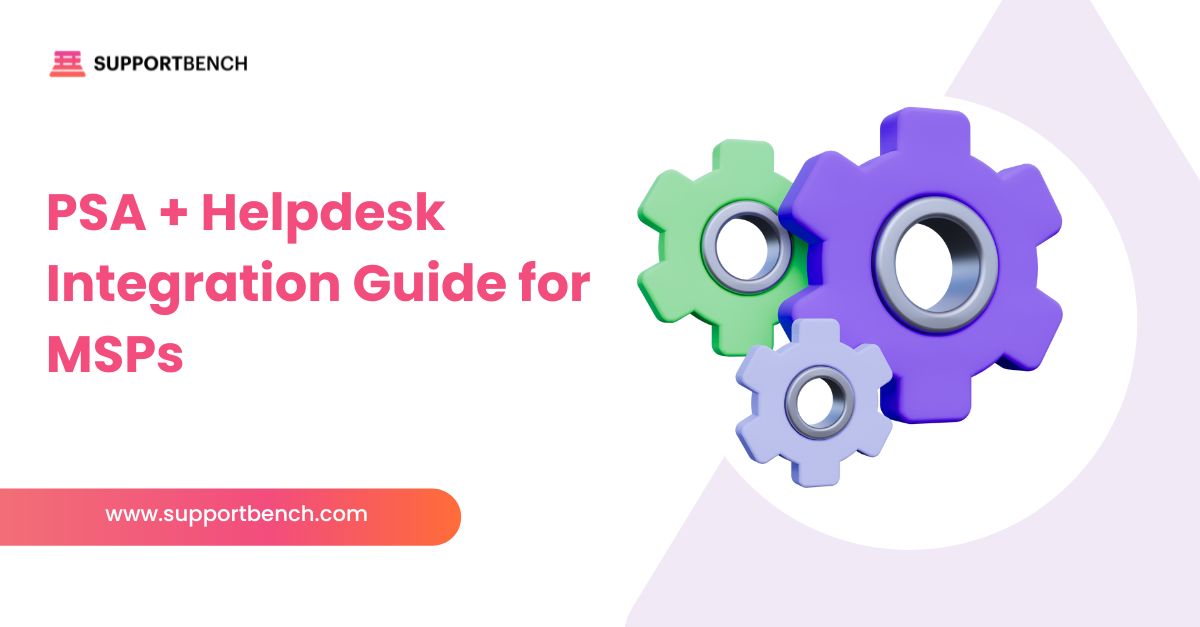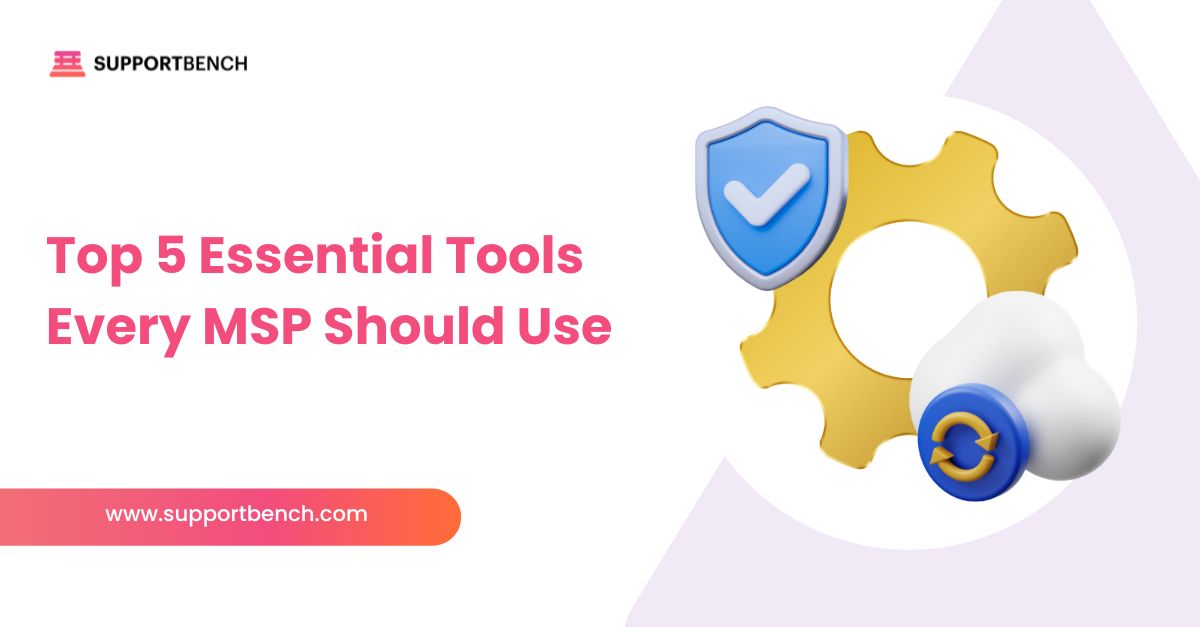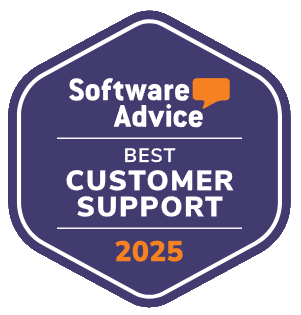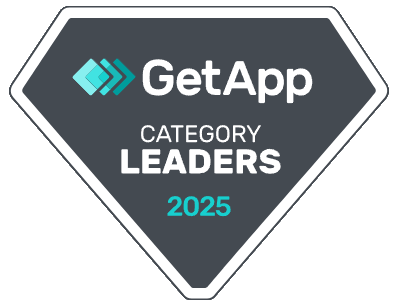Customer churn is more than just a loss — it’s a challenge that can be predicted and prevented. By using customer churn prediction, businesses can identify at-risk customers before they decide to leave. This proactive approach relies on data-driven insights and predictive analytics, allowing companies to act quickly and reduce churn.
In this guide, we’ll break down what customer churn prediction is, why it’s crucial for modern businesses, the key methodologies behind it, and how AI-powered solutions like Supportbench can enhance your customer retention strategies, driving long-term success and growth.

What is customer churn prediction?
Customer churn prediction is the process of identifying which customers are most likely to stop using a product or service within a specific time frame. By combining predictive analytics, historical interaction data, and behavioural patterns, businesses can forecast churn risks early, enabling them to take proactive measures before customers leave.
Rather than waiting for churn to occur, companies use churn prediction models to identify warning signs early. These models analyze factors such as usage frequency, support ticket volume, purchase history, and engagement levels to determine the likelihood of customer departure.
With the integration of machine learning and artificial intelligence (AI), these models continuously improve in accuracy, refine customer segmentation, and enhance retention strategies. This proactive approach not only helps preserve revenue but also improves overall customer success management.
Why Customer Churn Prediction Is Essential for Modern Business Growth
In today’s competitive environment, customer churn poses a major threat to sustainable business growth. Acquiring new customers often costs significantly more than retaining existing ones, making it critical for businesses to anticipate and address churn risks before they escalate.
Customer churn prediction gives companies a valuable advantage by enabling them to act proactively. Through predictive analytics, businesses can identify subtle changes in behaviour, declining engagement, or dissatisfaction that might otherwise go unnoticed. Early detection allows teams to personalize outreach, offer timely solutions, and re-engage customers more effectively, ultimately boosting retention rates.
In a modern business landscape where customer expectations evolve rapidly, relying on reactive support is no longer enough. Companies that integrate churn prediction into their retention frameworks can optimize customer lifetime value and strengthen long-term loyalty.
Moreover, accurate churn forecasting empowers organizations to allocate resources strategically, prioritize high-risk accounts, and make data-driven decisions that drive sustainable growth.
Mastering churn prediction isn’t optional for modern businesses — it’s essential.

Key Indicators and Data Sources for Accurate Customer Churn Prediction
Successful customer churn prediction relies on identifying the right behavioural signals and trends that point to churn risk. Here are the most critical indicators and data sources businesses use to forecast churn:
Engagement and Usage Patterns
A steady decline in usage frequency, reduced logins, or skipped features often signals a weakening relationship. Monitoring how customers engage with a product or service provides early warnings of disengagement.
Support Interaction Volume and Sentiment
Frequent support tickets, unresolved issues, or negative feedback through customer support channels can indicate growing dissatisfaction. Tying these trends to a customer health score creates a dynamic, real-time churn risk indicator.
Payment and Subscription Behaviour
Late payments, downgrading to lower plans, or cancelled renewals are strong churn predictors, especially in subscription-based models. Billing trends provide crucial early insights into potential customer loss.
Customer Satisfaction Scores (CSAT, NPS)
Low Net Promoter Scores (NPS) or declining Customer Satisfaction Scores (CSAT) often precede churn events. Tracking these scores over time allows businesses to intervene before customers leave.
Onboarding Completion Rates
Incomplete or delayed onboarding strongly correlates with early churn, particularly in SaaS, telecom, and subscription industries. Ensuring successful onboarding is a critical early step in building long-term retention.
Methodologies and Tools for Effective Churn Prediction
Effective customer churn prediction turns complex data into clear, actionable insights. Businesses that succeed in reducing churn rely on smart systems that anticipate risks early and enable proactive responses. Here’s how to build a winning strategy:
Statistical and Predictive Modeling
Traditional models like logistic regression, decision trees, and survival analysis are widely used across industries such as telecommunications and banking. These methods analyze historical behaviours to estimate churn probabilities and inform strategic interventions.

Machine Learning and AI Algorithms
Modern predictive analytics tools employ machine learning techniques like random forests, support vector machines, and gradient boosting. These technologies are particularly effective in SaaS and e-commerce, where they analyze customer engagement, product usage, and purchasing behaviour to predict churn earlier and more accurately than manual tracking.
Customer Health Scoring Systems
Health scoring combines key churn indicators—such as usage frequency, support ticket volume, and payment behaviour—into a dynamic metric. Subscription-based industries often use these scores to trigger proactive outreach and save at-risk customers before it’s too late.
AI-Driven Customer Support Platforms
Solutions like Supportbench integrate AI-driven customer support tools, real-time behavioural tracking, and dynamic SLA management to automate churn prevention workflows. By analyzing interactions across email, chat, and phone, Supportbench predicts churn risks and enables teams to intervene before dissatisfaction leads to loss.
Behaviour-Based Segmentation Tools
Segmentation tools group customers based on churn risk profiles, allowing businesses to personalize retention strategies. Industries like healthcare and fintech often use behaviour-based segmentation to fine-tune communication strategies and retention efforts.
Supportbench brings all these methodologies together in a unified solution—combining predictive analytics, AI-driven automation, multi-channel communication, and comprehensive knowledge base tools—to help businesses detect, predict, and act on churn risks with speed and precision.
How AI and Machine Learning Are Revolutionizing Churn Prediction
Artificial intelligence (AI) and machine learning have fundamentally changed how businesses approach customer churn prediction. These technologies allow companies to move from reactive responses to real-time, proactive churn management. Here’s how they are transforming the landscape:
Detecting Complex Behavioural Patterns
Machine learning models uncover hidden trends across vast customer datasets—such as subtle declines in product usage or shifts in engagement—that manual analysis would often miss.
Enabling Predictive, Not Reactive, Action
AI systems identify early warning signs of churn before they become obvious. This allows businesses to take preemptive actions such as personalized outreach, loyalty incentives, or enhanced support measures to retain customers.

Automating Churn Prevention Workflows
With AI-driven customer support platforms, businesses can automate workflows based on churn risk scores. High-risk customers are automatically routed to specialized teams, offered targeted incentives, or prioritized for rapid response.
Continuously Improving Prediction Models
Machine learning models evolve over time. As new data becomes available, these models self-improve, delivering even more accurate churn forecasts and supporting smarter retention strategies.
Enhancing Customer Health Scoring
AI dynamically updates customer health scores by analyzing real-time interaction patterns, ticket histories, and sentiment data. This real-time view enables teams to monitor risk and prioritize outreach with precision.

Challenges and Considerations in Customer Churn Prediction
While customer churn prediction offers major advantages, building an effective program comes with challenges. Understanding these hurdles—and how to overcome them—is essential for turning churn insights into real retention strategies.
Data Quality and Completeness
Prediction models are only as strong as the data behind them. Incomplete, fragmented, or outdated customer data weakens prediction accuracy and delays intervention.
Solution: Prioritize data quality across CRM systems, customer support platforms, and communication channels. Ensure behavioural, satisfaction, and support data are unified, current, and easily accessible.
Overfitting and Model Complexity
Overly complex machine learning models may perform well on historical data but fail when predicting future behaviour, leading to inaccurate churn forecasts.
Solution: Focus on using interpretable, validated models that generalize across customer segments. Regularly retrain models with fresh data to stay aligned with evolving customer behaviours.
Choosing the Right Indicators
Relying on superficial metrics rather than proven churn indicators weakens risk scoring and leads to ineffective interventions.
Solution: Build models around validated behavioural signals like engagement decline, subscription downgrade history, and support ticket escalation rates, ensuring relevance through historical churn patterns.
Acting on Predictions Effectively
Identifying at-risk customers is only part of the solution. Failing to act quickly and personally on predictions limits the value of churn insights.
Solution: Integrate churn risk alerts directly into daily workflows through dynamic SLA management and task automation, ensuring success teams act before risk turns into departure.
Balancing Automation with Human Touch
While the role of AI is critical for scaling churn management, retaining human empathy remains essential, especially for complex or high-value accounts.
Solution: Blend AI-driven alerts and automation with personalized, empathetic outreach strategies to create a churn management approach that feels proactive and human.
How Supportbench Empowers Smarter Churn Prediction and Customer Retention
Managing churn effectively requires more than prediction — it demands timely, personalized action. Supportbench offers a unified platform that helps businesses detect churn risks early, personalize engagement strategies, and strengthen customer retention across every stage of the customer journey.
AI-Driven Customer Insights
Supportbench analyzes real-time behavioural data, support interactions, and sentiment signals to generate predictive churn scores. This empowers customer success teams to intervene early, long before dissatisfaction leads to cancellations.
Dynamic SLA Management Based on Churn Risk
Through dynamic SLA management, Supportbench prioritizes service levels based on churn risk scores. High-risk customers automatically receive faster response times, escalated support, and personalized outreach, reducing the likelihood of churn.
Personalized Multi-Channel Communication
Supportbench enables targeted messaging across email, chat, and customized customer portals. Automated workflows engage at-risk customer segments with proactive communications designed to re-engage and rebuild loyalty.
Comprehensive Knowledge Base Solutions
An intelligent, self-updating knowledge base allows customers to find answers quickly, minimizing frustration and empowering them to resolve issues independently — a crucial part of effective churn prediction strategies.
Unified Customer Profiles for Smarter Decision-Making
Supportbench consolidates support history, communication records, and product usage data into unified profiles. This complete customer view enables success teams to make smarter, faster, and more personalized decisions that strengthen retention.
Conclusion
Predicting and managing customer churn is no longer optional — it is a vital capability for businesses focused on long-term success. By applying the right methodologies and tools, companies can shift churn prediction from a reactive process to a proactive engine for retention, loyalty, and revenue growth.
Solutions like Supportbench make it easier to integrate predictive insights into everyday operations, enabling businesses to personalize customer experiences and act before churn risks escalate into real losses.
With the right strategy and technology in place, companies don’t just reduce churn — they build stronger, longer-lasting customer relationships that drive sustainable growth.


